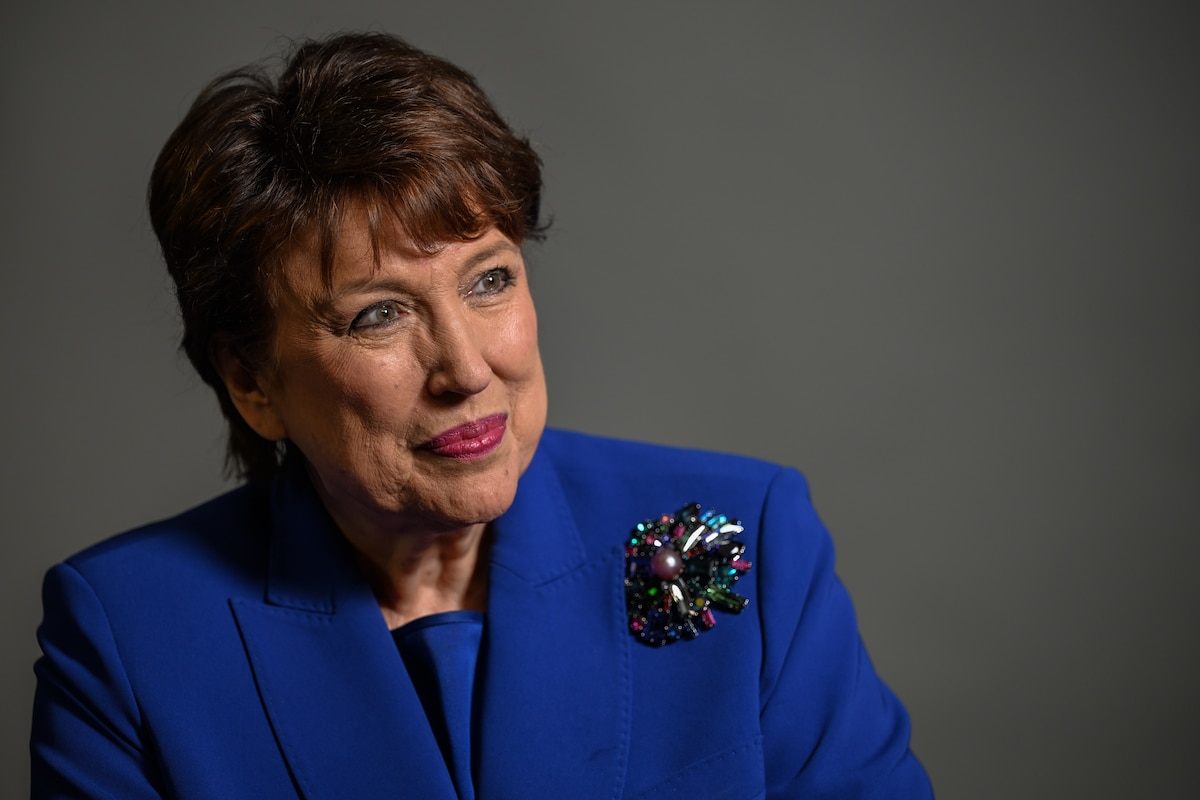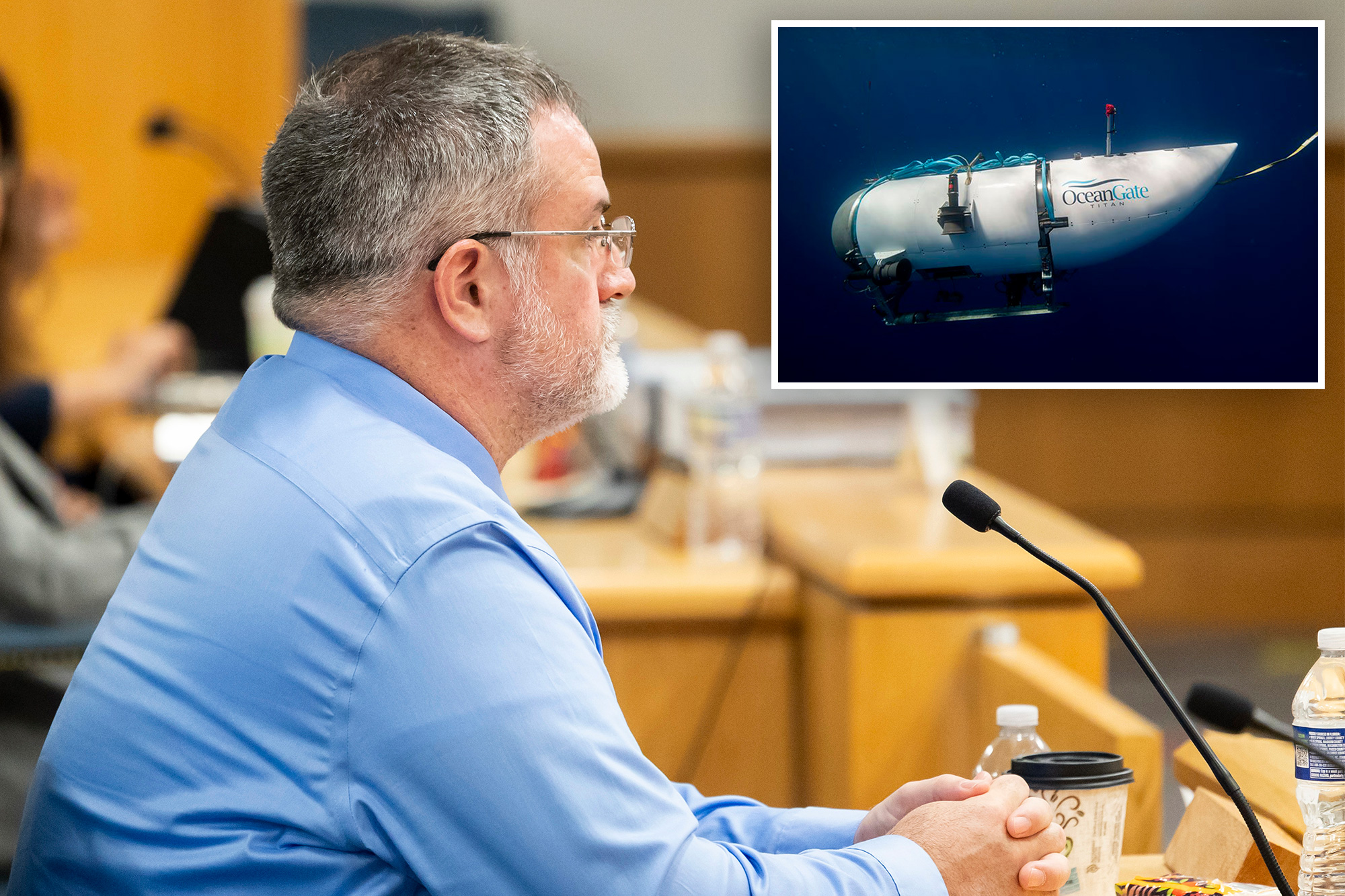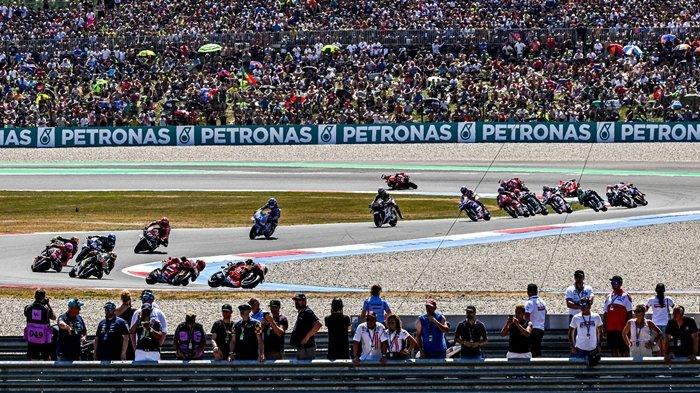F1 Legends Over 40: Analyzing Their Post-Prime Performance

Table of Contents
The Physical Demands and Age
Formula 1 racing places immense physical demands on drivers. The g-forces, intense concentration, and demanding physical fitness required make it a young person's game. However, some drivers defy expectations and continue to compete effectively well into their 40s. Let's examine the challenges posed by age and how these legends overcome them.
Maintaining Peak Physical Condition
Maintaining peak physical condition is crucial for older F1 drivers. The physical demands remain relentless, requiring exceptional cardiovascular fitness, strength, and endurance. To compensate for the natural decline associated with age, these drivers employ several strategies:
- Increased Training Regimes: Older drivers often implement even more rigorous training schedules than their younger counterparts, focusing on targeted exercises to improve specific areas like neck strength and reaction time.
- Specialized Diets: Nutrition plays a critical role. Strict diets, focusing on optimal nutrient intake and hydration, are vital for maintaining energy levels and physical performance. Dietary supplements may also play a role in maintaining muscle mass and recovery.
- Advancements in Sports Science and Technology: Modern sports science and technology offer significant support. This includes personalized training programs, advanced recovery techniques, and performance monitoring tools that help older drivers optimize their training and identify areas for improvement.
For example, Fernando Alonso, known for his exceptional fitness, has consistently emphasized his dedication to rigorous training programs and a healthy diet, contributing to his sustained performance at an older age.
The Impact of Age on Reaction Time and Reflexes
Age inevitably affects reaction time and reflexes, crucial aspects of F1 racing demanding split-second decisions. While a natural decline is expected, drivers employ strategies to mitigate this:
- Data on Reaction Times: Careful analysis of reaction time data allows teams to identify any significant decline and adjust driving strategies accordingly.
- Technological Aids: Advanced technologies, such as driver aids in the car's systems, can help compensate for slightly slower reflexes. These systems, while not directly replacing skill, can assist in certain critical situations.
- The Importance of Experience: Years of experience allow drivers to anticipate situations, predict rivals' moves, and adjust their driving lines proactively, reducing the need for instantaneous reflexes in some situations.
Comparing reaction time statistics from a driver's younger years to their later career reveals a potential, albeit often small, decrease. Yet, this is often offset by their greater experience and race craft.
Experience and Adaptability: The Unsung Advantages
While physical prowess is essential, experience and adaptability are invaluable assets for F1 legends over 40. These attributes can often outweigh the effects of age-related physical decline.
The Value of Racecraft and Track Knowledge
Years of experience translate into superior racecraft and a deep understanding of various circuits. This knowledge is a significant advantage:
- Examples of Drivers Using Experience to Overtake: Experienced drivers often employ strategic overtaking maneuvers, using their understanding of racing lines and braking points to gain positions even against younger, potentially faster drivers.
- Superior Car Setup Knowledge: Older drivers, based on their vast experience, provide crucial feedback to engineering teams about car setup, leading to optimal performance.
- Strategic Advantages: They possess superior strategic thinking and race management skills. They can better assess risks and make informed decisions during a race, capitalizing on opportunities others might miss.
Numerous instances exist where experience significantly influenced the outcome of a race, illustrating the impact of accumulated knowledge.
Adapting to Changing Car Technology and Regulations
The constant evolution of Formula 1 car technology and regulations presents a challenge for all drivers, but particularly for those later in their careers. However, older drivers often demonstrate remarkable adaptability:
- Examples of Successful Adaptation: Drivers frequently showcase their ability to quickly learn new technologies and adapt their driving styles to suit the altered regulations and car characteristics.
- The Role of Engineering Teams: Strong engineering teams play a crucial role in supporting these adaptations, providing the necessary data and technical expertise.
- The Impact of Driver Feedback and Experience: The feedback and experience of older drivers are invaluable assets to the team's understanding of the new technologies and regulations. Their insights often speed up the adaptation process for the whole team.
The shift to hybrid power units, for instance, required significant adaptation from all drivers, but experienced drivers often demonstrated a faster learning curve and better integration of this new technology.
Team Dynamics and Mentorship
The performance of older drivers isn't solely dependent on their individual skills; it's also significantly influenced by the team environment.
The Role of a Strong Support Team
A strong, supportive team is essential for maximizing the performance of older drivers:
- Importance of Engineering Support: A dedicated engineering team is crucial for optimizing the car's setup to compensate for any age-related physical limitations.
- Effective Communication: Open and effective communication between the driver, engineers, and the rest of the team is vital for addressing any challenges.
- Team Morale: A positive team atmosphere can significantly improve motivation and performance.
- Driver Coaching: Tailored coaching to improve specific areas can further enhance performance.
Many examples exist where a strong team played a significant role in a successful post-prime career, proving this aspect's importance.
Mentorship and Leadership within the Team
Older drivers often take on mentoring and leadership roles within their teams:
- Examples of Drivers Mentoring Younger Teammates: Sharing their immense experience, these veteran drivers provide invaluable guidance to younger teammates, fostering team cohesion and improving overall performance.
- Positive Impacts on Team Performance: The mentorship of experienced drivers creates a positive, learning environment, improving the team's collective skill set.
- Leadership Roles Beyond Driving: Older drivers often contribute to the team's strategic decision-making and team management, leveraging their broader understanding of the sport.
Several successful mentor-mentee relationships in Formula 1 exemplify the positive impact of such dynamics.
Conclusion
This exploration of F1 Legends Over 40 reveals that while physical capabilities might decline, the accumulated experience, adaptability, and strong team dynamics can significantly influence post-prime performance. Age is not necessarily a barrier to success in Formula 1. While the physical demands are undeniable, the strategic and mental aspects of the sport often become even more crucial as drivers age. Ultimately, a combination of factors contributes to the continued success of these legends. To further explore this fascinating aspect of Formula 1, delve deeper into the careers of specific drivers and analyze their unique approaches to maintaining competitiveness throughout their careers. Continue learning about the impact of age and experience on F1 performance by searching for more information on "F1 Legends Over 40," "older F1 drivers," and related keywords.

Featured Posts
-
 Monaco Nice Annonce Du Groupe
May 26, 2025
Monaco Nice Annonce Du Groupe
May 26, 2025 -
 The Pressure Mounts Analyzing Tim Cooks Recent Struggles At Apple
May 26, 2025
The Pressure Mounts Analyzing Tim Cooks Recent Struggles At Apple
May 26, 2025 -
 L Impact Judiciaire Sur La Carriere De Marine Le Pen
May 26, 2025
L Impact Judiciaire Sur La Carriere De Marine Le Pen
May 26, 2025 -
 What Was That Bang Explosions Captured Near Titan Subs Implosion Site
May 26, 2025
What Was That Bang Explosions Captured Near Titan Subs Implosion Site
May 26, 2025 -
 Ikuti Balapan Moto Gp Inggris Jadwal Dan Informasi Penting
May 26, 2025
Ikuti Balapan Moto Gp Inggris Jadwal Dan Informasi Penting
May 26, 2025
